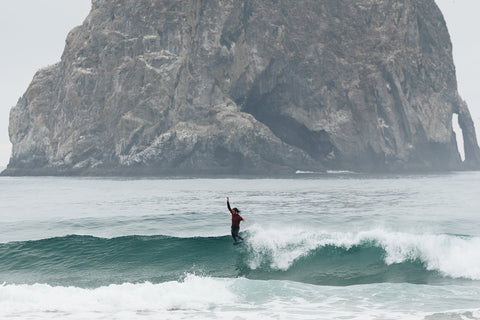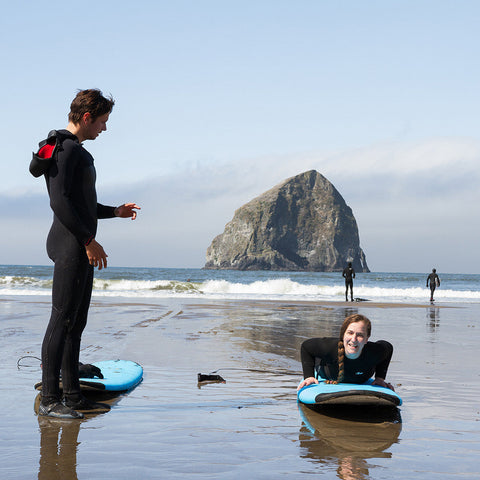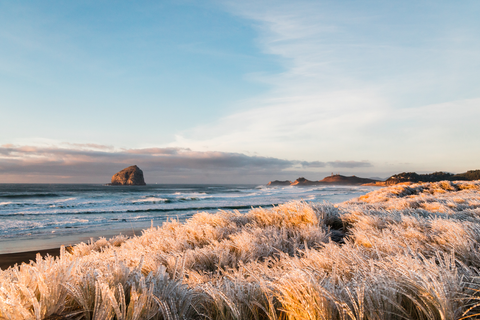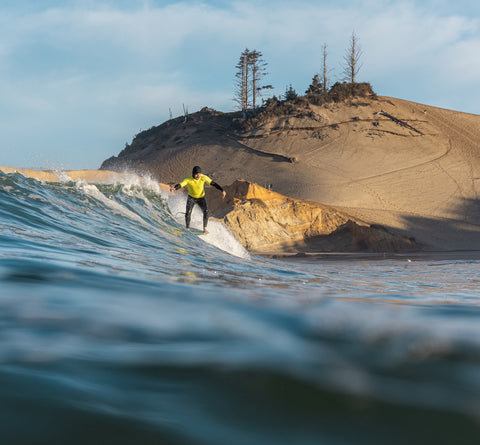
Overall, surfing is a very healthy, safe sport. Paddling out builds muscle, increases flexibility, improves balance, and unless you are surfing big, powerful waves, significant injuries are relatively rare. But, there is one specific health issue that we Oregon surfers need to know about and understand. Surfer's Ear.
My girlfriend is in school to be a Natural Doctor, and she's been practicing her physical exams on me. The other day when she got to my right ear, she noticed that the ear canal was significantly restricted by tissue/bone growth. The formal name for this is exostosis of the external auditory canal. The informal name is surfer's ear.
It's has been given that nickname because of how common it is for surfer's to develop the condition. It develops with repeated exposure to cold wind and water. Up here, where the water is rarely above 55 degrees, it's something to take notice of. Especially when you think of the frequent howling wind.
When the ear canal gets that cold, it stimulates bone growth. As the condition develops, water and wax can get caught in the narrowed opening. This can cause infections, and eventually hearing loss.
There is a surgery to fix the condition, but it's way simpler to prevent it in the first place. The best way to prevent it is to wear a hood and/or ear plugs. Keeping cold water and wind out of your ear is all your trying to do. I will be wearing both from now on to try to keep it from getting worse.
I picked up a pair of ear plugs last weekend at Moment, and I'm looking forward to trying them out next weekend. They have a couple of different types to choose from. One is a standard ear plug and the other allows sound to enter while keeping water out, Doc's Proplugs. Feel free to stop in and ask about the different options next time you're in town. They'd be happy to help.











